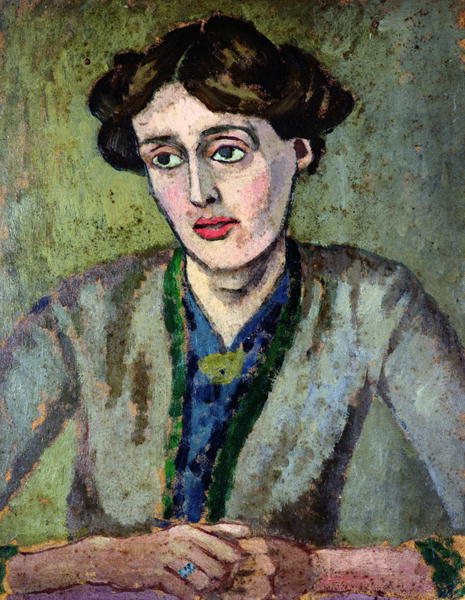Virginia Woolf
By:
January 25, 2010

When, towards the end of her life, VIRGINIA WOOLF (1882-1941), pioneer of literary modernism, met Sigmund Freud, pioneer of psychic spelunking, the latter presented her with a narcissus. It is not clear what Freud meant this gift to signify, but charitably it was a tribute to Woolf’s powers of penetrating the illusions of self. Her innovative and supple prose fiction elevates mundane events and concerns — planning a party (Mrs. Dalloway) or thinking about a family visit (To The Lighthouse) — to heights of lyric self-consciousness that define the age. Woolf’s recurring depression, rooted in childhood sexual abuse by a half-brother, is subtly folded into her art, giving the novels a melancholy beauty also to be found in the person of their author. Hence, perhaps, the barroom graffito that inspired Edward Albee’s play. Q: Who’s afraid of Virginia Woolf? A: People with no stomach for emotional turmoil — or formally challenging anti-narratives about it. Woolf’s non-fiction is more straightforward in both style and message, especially the famous feminist argument that a woman must have a room of her own in order to create art. Woolf had that room, and ample support from her dedicated husband Leonard Woolf; but it was not enough to save her. In late March 1941 she donned an overcoat, filled its pockets with stones, and walked into the River Ouse near their home.
Each day, HILOBROW pays tribute to one of our favorite high-, low-, no-, or hilobrow heroes on that person’s birthday. Click here for more HiLo Hero shout-outs.
